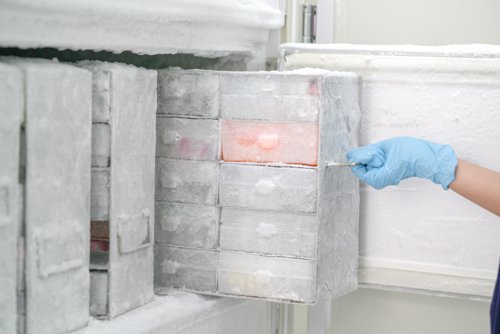
News
Biobanks to reverse the decrease in the gut microbial diversity
The abrupt transition from a rural lifestyle to an industrialised environment is threatening our gut microbial arsenal. Factors including caesarean delivery, formula feeding, indiscriminate use of antibiotics, a refined diet, and highly processed water not only reduce the microbial diversity in the gut but also have a negative impact on the activities comprised in the delicate network between the intestinal community and the host. Such dramatic changes have been linked with the increase of the incidence of different diseases including asthma, allergies and diabetes.
Some disappearing taxa groups have already been identified: Prevotella, Bacteroides, Lactobacillus, Desulfovibrio, and Oxalobacter. Yet, there is little knowledge about the specific strains missing and the consequent effects on the metabolic and compositional balance of the gut community.
An initiative led by Maria Dominguez-Bello, Rob Knight, Jack Gilbert and Martin Blaser highlights the need to take prompt action in the restoration of the human gut microbiota.
The replacement of specific microbial gut functions (by, for example, the administration of short-chain fatty acids) and the development of dietary approaches to support and enhance the chemical pathways occurring within the gut microbial system constitute two important strategies in order to achieve some progress. These approaches are of considerable help when trying to mitigate the effects of urbanisation. However, reversing the decline of microbial diversity also has to be backed up by restoring the microbes themselves. With this in mind, Dominguez-Bello and colleagues have suggested that a new biobank should be created, similar to the one already existing to preserve the natural biodiversity of plants (i.e. Seed Vault in Norway). Nowadays, some universities, hospitals and research centers are already equipped with biobanks, which are used for developing faecal transplants. However, the microbial communities stored within the current biobanks tend to come from individuals who have already been exposed to the evolutionary pressure of industrialisation. The aim for the new biobanking system is to have a depository of microbes isolated from residents of rural areas in developing countries whose gut communities, according to the authors, are the richest in human microbial biodiversity.
01/03/19
